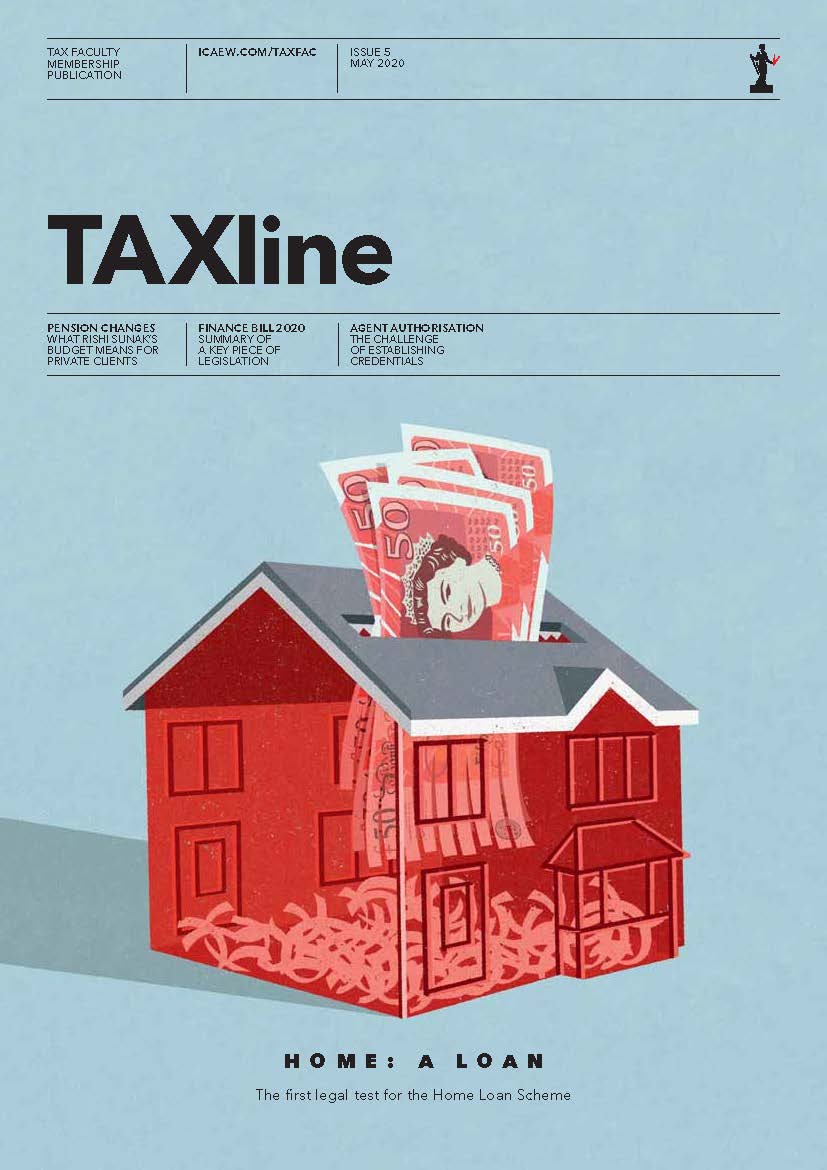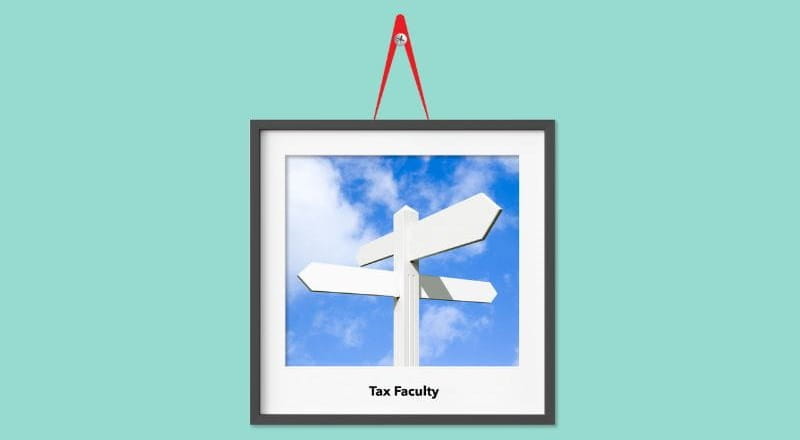Numerous changes to NIC rates were revealed in the Autumn Statement 2023.
Self-employed NIC - classes 2 and 4
From 6 April 2024, the main rate of class 4 NIC for the self-employed will be reduced to 8% (currently 9% on profits between £12,570 and £50,270).
Flat rate class 2 NIC (currently £3.45 per week) will be abolished for traders with profits above £12,570. The self-employed will continue to get access to contributory benefits including the state pension through a national insurance credit without paying NIC.
The small profits threshold (SPT), (ie, the point at which the self-employed start to receive national insurance credits), has been frozen at £6,725. This is to support low-income working individuals by maintaining their access to contributory benefits without having to pay NIC.
Those with profits under £6,725 and others who pay class 2 NIC voluntarily to get access to contributory benefits, including the state pension, will continue to be able to do so. The weekly rate they pay will be frozen at £3.45 for 2024/25.
Employee NIC - class 1 primary
The main rate of employee NIC (class 1 NIC) will be reduced to 10% (currently 12% on earnings between £12,570 and £50,270) from 6 January 2024. This means that payroll software will need to be updated very quickly.
No changes have been made to the rates of employer NIC, (ie, class 1 secondary, class 1A on employer-provided benefits-in-kind and class 1B on PAYE settlement agreements).
What does this mean for the taxation of work?
With the rate of employer’s class 1 NIC remaining at 13.8%, reducing rates for employees and the self-employed will not markedly narrow the cost discrepancy between NIC for employees and the self-employed.
The cost of class 1 NIC will continue to provide an incentive for workers to be treated as not employed, whether hired directly or via an intermediary, such as a personal service company under the off-payroll working rules.
ICAEW’s Tax Faculty has long said that the problem of off-payroll working could be permanently resolved. To do so the total amount of tax and NIC - in particular employer’s (secondary) NIC - payable by individuals and the engagers of workers was the same, or similar, across all sources of income. It should not vary materially depending on employment status or type of engagement.
To discourage employment status arbitrage and reduce distortive behaviours, Matthew Taylor in his Good Work report of July 2017 recommended that: “Over the long term, in the interests of innovation, fair competition and sound public finances we need to make the taxation of labour more consistent across employment forms…”.
This followed what ICAEW said in its submission to that review (ICAEW REP 30/17) and subsequently, including in response to HM Treasury and HMRC’s consultation on tackling non-compliance in the umbrella company market (ICAEW REP 81/23).
As it is, the prospective reductions in NIC, while very welcome to the self-employed, and employees, will do little to reduce the incentive to hire workers off payroll.
More information:
Autumn Statement
On 22 November 2023, Chancellor Jeremy Hunt delivered the Autumn Statement. Read ICAEW's analysis and reaction.

The Tax Faculty
ICAEW's Tax Faculty is recognised internationally as a leading authority and source of expertise on taxation. The faculty is the voice of tax for ICAEW, responsible for all submissions to the tax authorities. Join the Faculty for expert guidance and support enabling you to provide the best advice on tax to your clients or business.
More support on tax
ICAEW's Tax Faculty provides technical guidance and practical support on tax practice and policy. You can sign up to the Tax Faculty's free enewsletter (TAXwire) which provides weekly updates on developments in tax.
Sign up for TAXwireJoin the Tax Faculty


